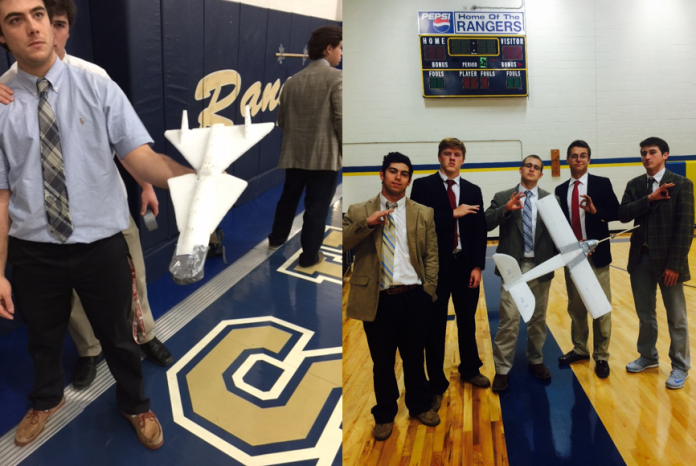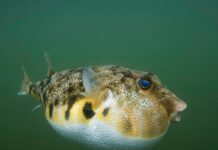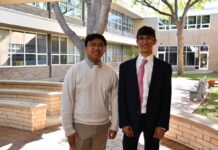Launch day. Gliders in hand, the seniors of ACE Engineering march down to the gym. Gliders float and fly here and there. The final flights are a culmination of weeks of work designing and perfecting foam gliders to fly faster, farther, and safer. The students record the results, and then it’s back to that classroom for ACE Engineering.
The ACE in the title ACE Engineering stands for aeronautic, civil, and electrical, which are the three divisions of engineering the class focuses on. “There is a business lean to it,” says Engineering teacher Julie Carver, “They have to do prototyping, optimization, and product marketing.” Fellow Engineering teacher Mr. T. J. Howard explained, “It’s a project-based class, in which they apply physics to everyday builds.” This time around, the students built foam gliders as the main project for the aeronautics portion of the course.
“There wasn’t one right answer to what they could do,” remarked Mrs. Carver. There were indeed a variety of designs that all had their pros and cons. Depending on how a design performed, the students could market it to different buyers. “If their plane was the most rugged,” said Mrs. Carver, “they could sell it to, say, the military.”
Over the course of the project, the engineering students acted as aeronautical engineers. Aeronautical engineers deal primarily with aircraft design, testing, etc. “The goal was to design a plane,” said Mrs. Carver, “and come together and optimize a design.” Before they were able to create their glider however, the seniors learned about the science behind flight. In short, there are 4 forces that determine if an object can fly: gravity, lift, thrust, and drag. “The plane is under the effects of gravity, and you’re trying to offset that with lift.” Mrs. Carver says, “To have that happen we push the plane forward with thrust, but because of that we create drag.” The idea is to balance all of these things to give the plane a longer, more stable flight. The students examined how to create lift and thrust without increasing weight and drag to give their glider the fastest, highest flight path possible. “[They also] had to safely transport an egg,” said Mr. Howard. In other words, the seniors couldn’t kill the pilot.
The best design from Mrs. Carver’s class was created by seniors Garrett Amy, Jimmy Merkel, Chandler Park, Roman Kimbrell, and Matt Miller. The team, with the company name of “Ace and Ace,” tried to make their plane look somewhat like a drone. “A single horizontal wing across and a really long tail,” said Chandler Park, “But as the plane came along, we were like, ‘Hey, let’s make it a biplane.'” The advantage of a biplane is double the surface area on the wings for added lift. “The fuselage had a wooden counter weight at the front of the plane to adjust our center of gravity during flight,” said Garrett Amy. The team also needed extra weight within the fuselage in order to offset the added lift from the two wings. See one of their test runs below:
[jwplayer mediaid=”80756″]
Seniors Sean Alexander, Nic Ready, Chris Majorie, and Tom Weber took the gold in Mr. Howard’s class earning the title “Howard’s Angels.” They modeled their glider off of the SR-71 Blackbird, the world’s fastest plane that has reached speeds upward of Mach 3. “We took the exact specs from the NASA model, and built it down to scale,” said Nic Ready, “except we added two small wings on the front half of the plane just to add a little more lift, because we didn’t have the exact speed that we needed.” Mr. Howard said, “To get the lift you need, you need to throw it fast, so they threw it fast.” Ready also emphasized the need for stabilization in their glider. “When we started off, our plane was veering to the left, it was turning over, so we had to put stabilizers up,” he said. Below is a video of their launch:
[jwplayer mediaid=”80755″]
There is a bit of a rivalry between the two classes’ teams. Mr. Howard claims his “indisputable video evidence” shows that the SR-71 glider went farther. Though Mrs. Carver will admit to that, she says, “They weren’t launched side by side. They flew on different days and stages.” She also maintains that the drone landed better. Nevertheless, they both agreed that all of their students did exceptionally well on the project.






